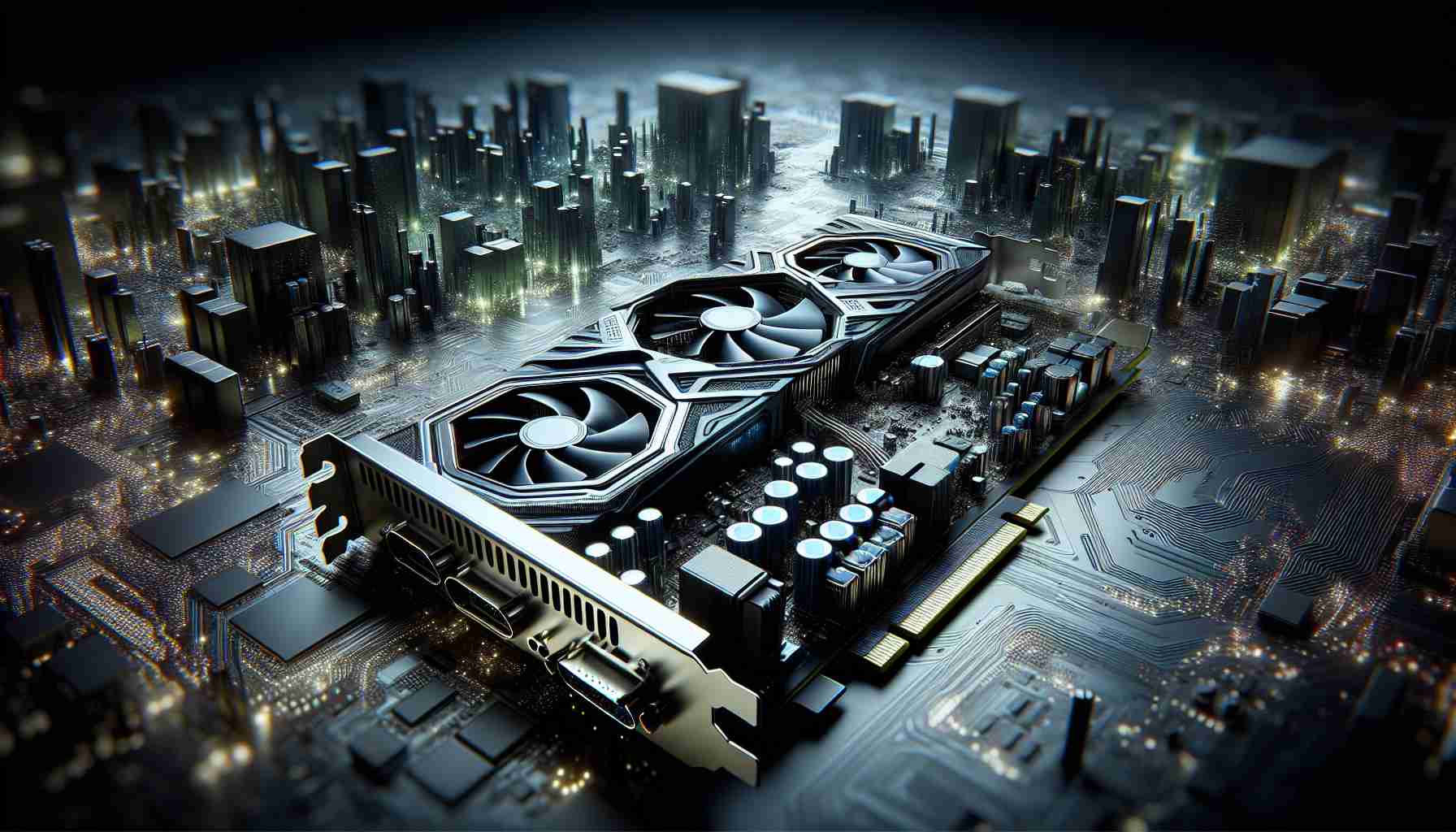Nvidia, the renowned tech giant, has recently rolled out their latest workstation-grade graphics card – the RTX 2000 Ada Generation. This powerful GPU is designed to replace its predecessor, the RTX A2000 12GB, and is set to revolutionize the world of compact workstations and accelerate creative processes.
Featuring state-of-the-art technology, the RTX 2000 Ada Generation boasts remarkable advancements in performance, efficiency, and power, presenting a groundbreaking solution for everyday workflows. This extraordinary graphics card aims to empower creators, designers, and engineers, propelling them to reach new heights of productivity and unleashing their innovative potential right from their desktops.
Underneath its sleek exterior, the RTX 2000 Ada Generation is fueled by the cutting-edge Ada Lovelace architecture, the same architecture that powers Nvidia’s latest consumer-grade GPUs in the RTX 4000 Series. With third-generation RT cores, fourth-generation Tensor cores, and a whopping 16GB of GDDR6 video memory, this GPU promises to deliver exceptional results in various demanding applications.
One noteworthy detail about the RTX 2000 Ada Generation is its display output connectivity. Instead of the latest DisplayPort versions, this graphics card provides users with four mini DisplayPort connectors. These connectors support a range of display configurations, including four 2160p at 120Hz, four 2880p at 60Hz, or two 4320p at 60Hz, making it a versatile choice for professionals with specific display needs.
According to Nvidia’s announcement, the RTX 2000 Ada Generation is a true game-changer, outperforming its predecessor by a staggering 30% in graphics, 50% in rendering, and 50% in generative AI tasks. These impressive improvements in performance further solidify the GPU’s position as a top contender in the market.
The RTX 2000 Ada Generation comes in a dual-slot form factor, featuring a GPU PCIe 4.0 x8 with active cooling. With 2,816 CUDA cores, 88 Tensor cores offering 191.9 TFLOPS, and 22 RT cores delivering 27.7 TFLOPS, this graphics card packs a punch. It also supports AV1 encode and decode functions, adding another layer of versatility to its already impressive capabilities.
Excitingly, the Nvidia RTX 2000 Ada Generation graphics card is available now through Nvidia’s distribution partners, including Arrow Electronics, Ingram Micro, Leadtek, PNY, Ryoyo Electro, and TD SYNNEX. From April 2024, it will also be accessible for purchase from leading technology manufacturers such as Dell, HP, and Lenovo. The suggested retail price for this powerhouse GPU is set at $625, ensuring its accessibility for professionals seeking exceptional performance in their workstations.
FAQ:
1. What is the Nvidia RTX 2000 Ada Generation graphics card?
The Nvidia RTX 2000 Ada Generation is the latest workstation-grade graphics card released by Nvidia, designed to replace the RTX A2000 12GB.
2. What are the key features of the RTX 2000 Ada Generation?
The RTX 2000 Ada Generation features state-of-the-art technology, including the cutting-edge Ada Lovelace architecture, third-generation RT cores, fourth-generation Tensor cores, and 16GB of GDDR6 video memory.
3. How does the RTX 2000 Ada Generation improve performance?
According to Nvidia, the RTX 2000 Ada Generation delivers a 30% improvement in graphics, 50% improvement in rendering, and 50% improvement in generative AI tasks compared to its predecessor.
4. What display output connectivity does the RTX 2000 Ada Generation provide?
The RTX 2000 Ada Generation offers four mini DisplayPort connectors, supporting various display configurations, including four 2160p at 120Hz, four 2880p at 60Hz, or two 4320p at 60Hz.
5. What form factor does the RTX 2000 Ada Generation come in?
The RTX 2000 Ada Generation comes in a dual-slot form factor and features a GPU PCIe 4.0 x8 with active cooling.
6. Which technology manufacturers will offer the RTX 2000 Ada Generation?
The RTX 2000 Ada Generation can be purchased from Nvidia’s distribution partners, including Arrow Electronics, Ingram Micro, Leadtek, PNY, Ryoyo Electro, and TD SYNNEX, as well as leading technology manufacturers such as Dell, HP, and Lenovo starting from April 2024.
Key Terms/Jargon:
– GPU: Graphics Processing Unit, a specialized electronic circuit that accelerates the creation and rendering of images, videos, and animations.
– Ada Lovelace architecture: The latest architecture developed by Nvidia, named after Ada Lovelace, an influential mathematician and writer.
– RT cores: Ray Tracing cores, specialized hardware that accelerates the rendering of realistic lighting, shadows, and reflections in real-time.
– Tensor cores: Specialized hardware that accelerates AI and deep learning computations.
– GDDR6: Graphics Double Data Rate 6, a high-bandwidth memory type commonly used in graphics cards.
– DisplayPort: A digital display interface used to connect monitors and other display devices to computers.
– TFLOPS: TeraFLOPS, a unit of measurement for calculating the performance of a GPU or computer system in terms of floating-point operations per second.
– PCIe: Peripheral Component Interconnect Express, a high-speed serial computer expansion bus standard used to connect components such as graphics cards to a motherboard.
Related Links:
– Nvidia
The source of the article is from the blog scimag.news

